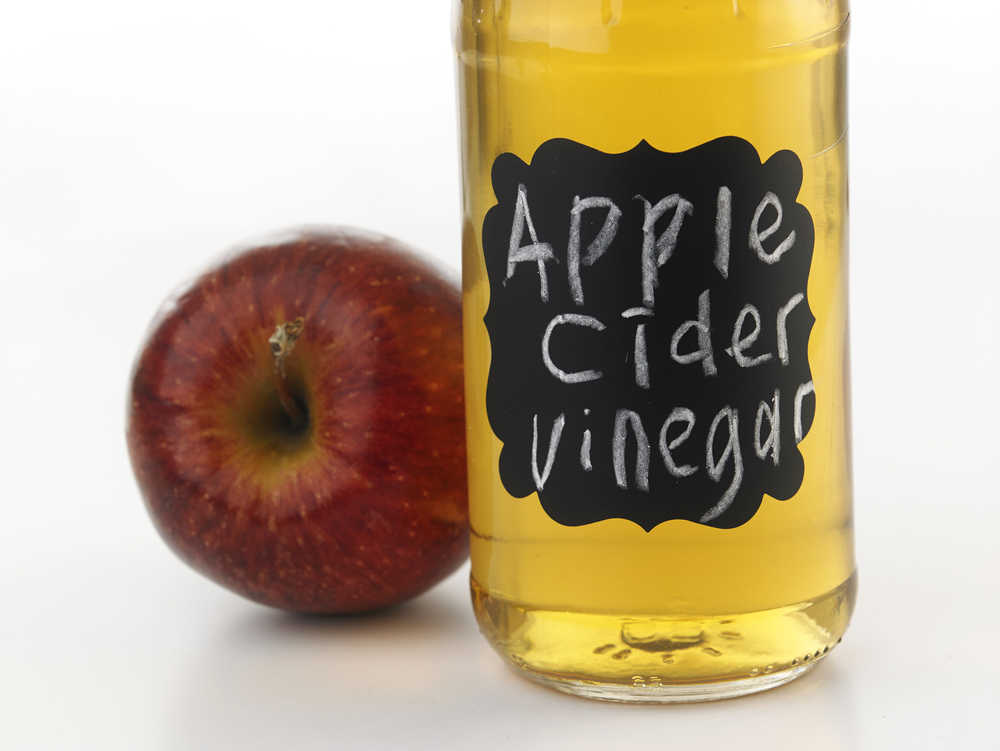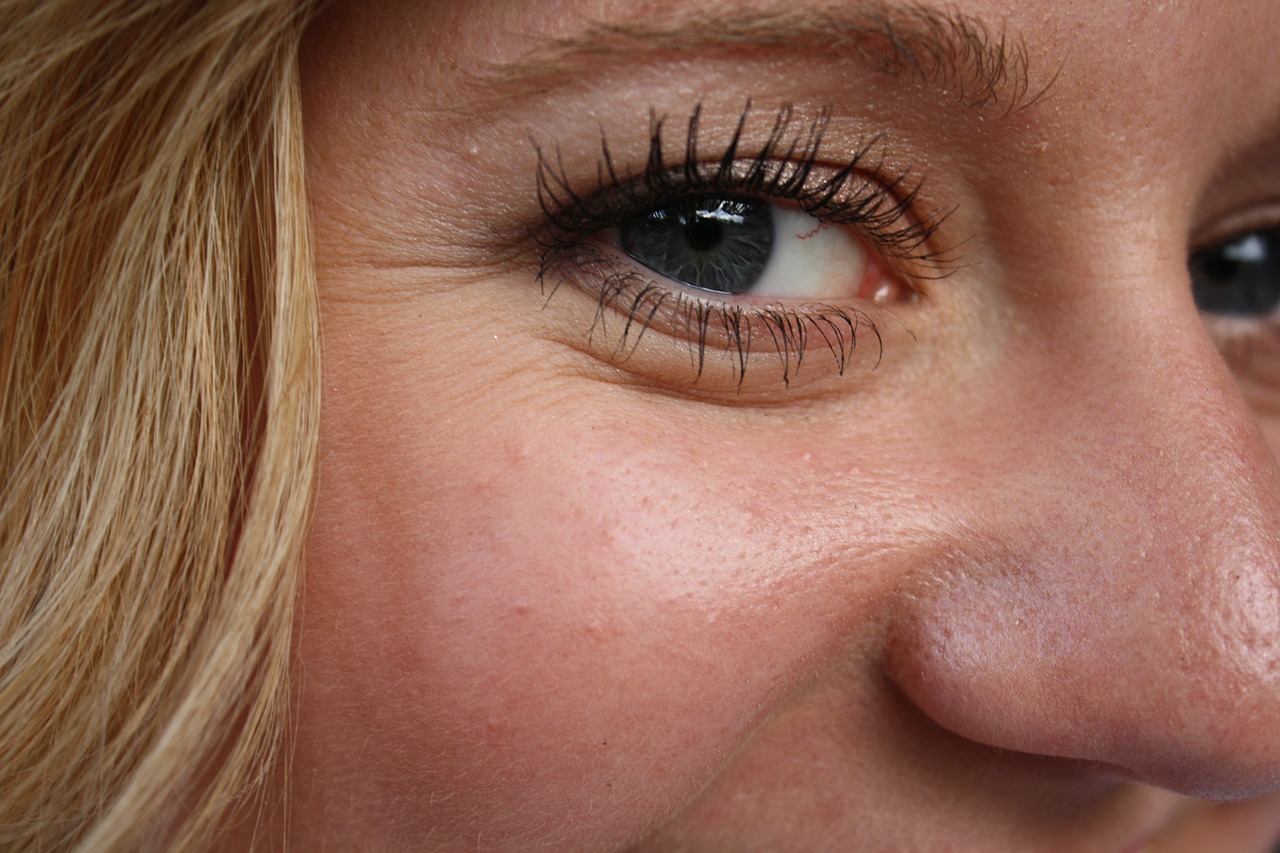
Achieving healthy and radiant skin is a goal for many individuals. While there are numerous skincare products available in the market, natural remedies can provide effective and affordable solutions. One such remedy is apple cider vinegar (ACV). Known for its various health benefits, ACV can also be used as a toner to regulate and balance the pH levels of your skin. In this article, we will explore the benefits of using ACV as a natural toner and how to incorporate it into your skincare routine.
Understanding the Importance of pH Balance in Skincare
Before diving into the details of using ACV as a toner, it is essential to understand the significance of pH balance in skincare. The pH scale ranges from 0 to 14, with 7 being neutral. Our skin has a slightly acidic pH level of around 5.5, which helps maintain its natural protective barrier. Disruptions in the pH balance can lead to various skin issues such as dryness, acne, and inflammation. Using a toner that helps regulate the pH levels can restore the skin’s balance and promote overall skin health.
The Benefits of Apple Cider Vinegar as a Toner
Apple cider vinegar has gained popularity in the skincare world due to its numerous benefits. As a toner, ACV offers the following advantages:
Balances pH Levels:
ACV has a natural acidity that helps restore the skin’s pH balance. By maintaining the optimal pH level, your skin can function properly and stay healthy.
Tones and Tightens the Skin:
ACV acts as an astringent, helping to tighten the skin and reduce the appearance of pores. This can give your skin a smoother and more refined texture.
Natural Antimicrobial Properties:
ACV contains acetic acid, which exhibits antimicrobial properties. It can help fight off bacteria and fungi on the skin, reducing the risk of acne breakouts and other skin infections.
Exfoliates Dead Skin Cells:
The acidic nature of ACV can gently exfoliate the skin, removing dead skin cells and promoting cell turnover. This can result in a brighter and more youthful complexion.
How to Use Apple Cider Vinegar as a Toner
Using apple cider vinegar as a toner is simple and can be easily incorporated into your skincare routine. Follow these steps:
Dilute the ACV: Combine one part apple cider vinegar with two parts water. This ratio helps to reduce the acidity of ACV, making it safe for your skin.
Application: Dip a cotton ball or pad into the diluted ACV mixture and gently apply it to your face. Take care to avoid the delicate eye area.
Allow it to Dry: Let the toner air dry on your face or gently pat it dry with a clean towel.
Follow with Moisturizer: After the toner has dried, apply your regular moisturizer to lock in hydration.
Precautions and Tips for Using ACV as a Toner
While ACV can be beneficial for your skin, it is important to keep the following precautions in mind:
Patch Test: Before using ACV as a toner, perform a patch test on a small area of your skin to check for any adverse reactions or sensitivity.
Use Moderately: ACV is potent, so it’s important not to overuse it. Start by using it once a day and monitor how your skin responds. If you experience any irritation or dryness, reduce the frequency or concentration of the ACV mixture.
Protect Sensitive Skin: If you have sensitive skin, consider further diluting the ACV mixture or using it less frequently to prevent potential irritation.
ACV can increase the skin’s sensitivity to sunlight. Ensure you apply a broad-spectrum sunscreen with an adequate SPF before going outdoors.
Conclusion:
Incorporating apple cider vinegar into your skincare routine as a natural toner can help regulate and balance the pH levels of your skin, leading to healthier and more radiant skin. The acidity of ACV, along with its antimicrobial properties and exfoliating benefits, make it an effective and affordable option for achieving optimal skin health. However, it is essential to dilute ACV and use it in moderation while considering your skin’s sensitivity. Embrace the power of natural remedies and enjoy the benefits of apple cider vinegar as a toner for a glowing complexion.






Leave a Reply